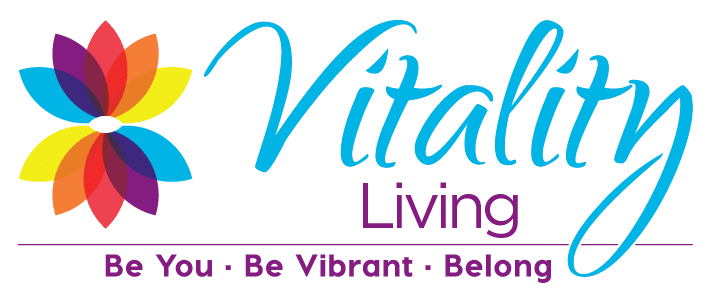It goes without saying, nutrition is important to everyone’s health. But for seniors, it’s especially crucial, and often more complicated. As we age, your body needs more of certain nutrients, metabolism slows and requires fewer calories, palate and digestion may change, medications may affect taste, chronic conditions can affect appetite and may require dietary restrictions. Perhaps is why many seniors show signs of malnutrition. In fact, senior malnutrition costs the United States $51.3 billion a year according to the Alliance on Aging Research.
And yes, it’s much more convenient to opt for frozen dinners or takeout particularly when living alone, but the risks from high sodium and sugar particularly for those with diabetes, heart disease and high blood pressure are substantial.
There is a better way, and it may be easier than you think to get the nutrition you need. Check out these tips for seniors who cook for one or two.
Know Your Nutrients
Surprisingly, healthy cooking for seniors doesn’t start at the grocery store. It starts with a little research on the foods that provide the most nutritional bang for your buck by:
- Learning what a healthy plate looks like at ChooseMyPlate.Gov
- Finding recommended servings and portion sizes for seniors through the National Institute on Aging.
- Understanding how to read nutrition labels and look for important nutrients with the FDA’s How-To Guide.
Shop Smart
To make grocery shopping easier and more budget friendly, plan your weekly menu ahead of time. Also take advantage of sales to stock your pantry with canned vegetables, beans, fruits and dried foods such as rice and pasta. You can also buy in bulk and freeze into smaller portions that you can thaw and cook later. The National Institute on Aging also has additional tips to help seniors eat healthy on a budget.
For additional assistance, check out the Supplemental Nutrition Assistance Program (SNAP) through The National Council on Aging and Feeding America to see if you qualify. Meals on Wheels may also be an option.
If there is wiggle-room in your budget, and convenience is of primary importance, check your local grocery store for online ordering with curbside pickup and/or delivery options, as well as look at meal delivery options such as Blue Apron and Hello Fresh.
Get Cooking
When cooking for one or two, making large meals that can be frozen into smaller portions is a great option. Think soups, stews, chilies, roasts, casseroles and any kind of slow-cooker meal. Write the date on the packages you freeze and move older items forward as you add items to avoid spoilage.
Eating the same meal over and over can get boring so make fresh side dishes each time you thaw out a portion. Speaking of sides, think about reusing these as well. Perhaps you have rice as a side one night and use it for a casserole the next. Have chicken as a main dish in one meal and use leftovers in sandwiches for another meal.
Another idea to add to the variety and convenience is to have a dedicated cooking day a couple of times a month where you make several meals to portion and freeze. Then you avoid having the same meal multiple times in a row.
Skip the Hassle
If cooking has never been your thing or if all this just seems like too much to manage, you do have other options. One of the key benefits of life in a senior living community is the dining experience. Whether it’s breakfast, lunch or dinner, residents enjoy chef-prepared selections in a restaurant-style setting that often features daily entrees, an a la carte menu, Soup of the Day, fresh salad bar and delicious desserts. What’s more, menus are prepared by a dining staff that knows your dietary restrictions and/or preferences by heart, often in collaboration with a nutritionist or dietician to ensure all your meals are healthy and well balanced.
For more information on our senior living communities, contact us today to schedule a visit.




